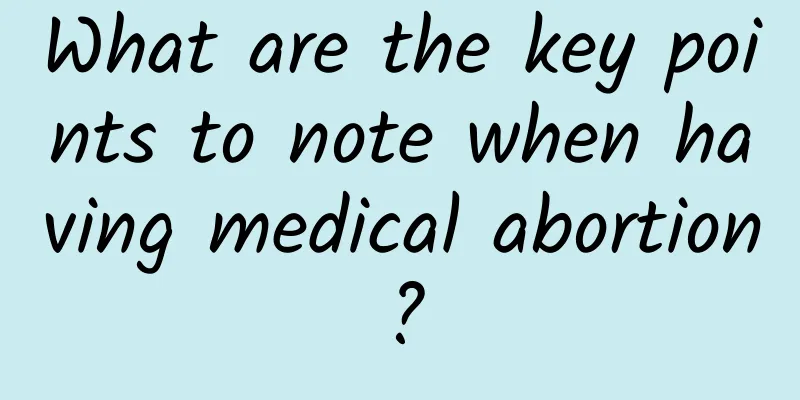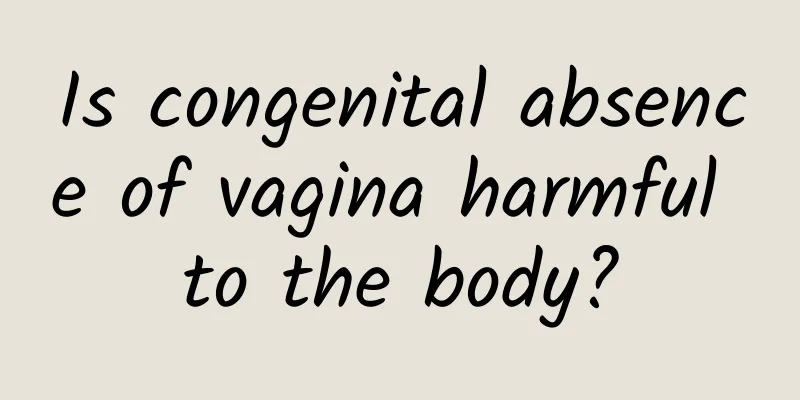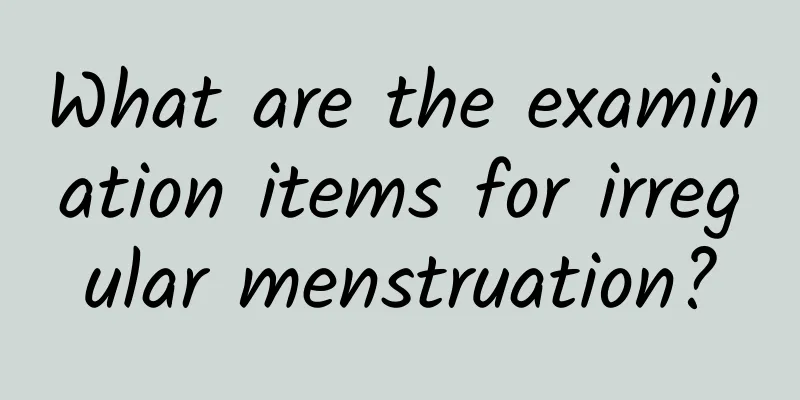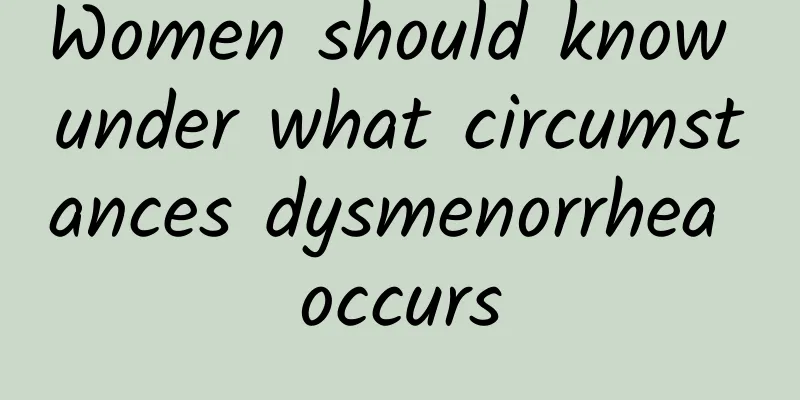Treatment of uterine fibroids Is the high-risk group for uterine fibroids around 50 years old?
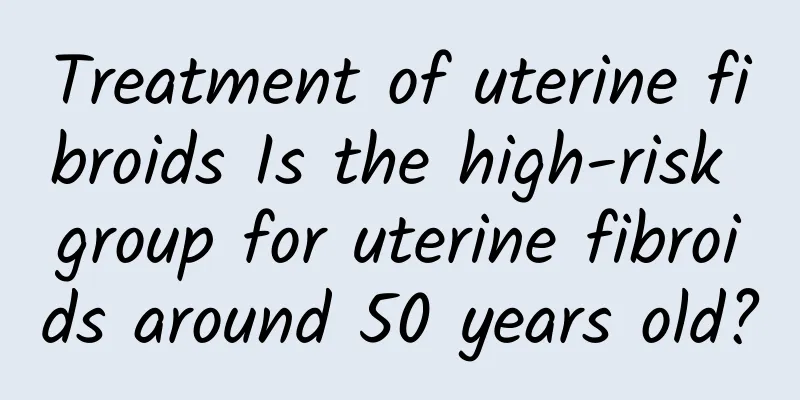
|
Uterine fibroids should be discovered in time, otherwise they will cause great harm. The most terrible thing is that they can cause female infertility. They must be discovered and treated in time. So, what is the treatment for uterine fibroids? The high incidence of uterine fibroids includes around 50 years old. Uterine fibroids are a common gynecological disease and are very harmful. It is recommended to undergo minimally invasive surgery in a timely manner. The following is an introduction to traditional surgical treatment of uterine fibroids: There are many traditional surgical methods for uterine fibroids, including total hysterectomy, subtotal hysterectomy, myomectomy, uterine artery embolization, major laparotomy, minimally invasive laparoscopy and interventional embolization. Each of these methods has its own advantages and disadvantages, and the appropriate method should be selected according to the specific situation of the patient. A. The advantage of hysterectomy is that it relieves the worry about new uterine fibroids. There are many adverse effects after losing the uterus: surgical resection itself is a harmful therapy; anesthesia accidents may occur during surgery; complications such as intestinal adhesions after surgery; pelvic relaxation; in addition, the ovaries lack blood supply from the ascending branch of the uterine artery, which is prone to premature aging and early menopause, which may affect women's sexual life and even some women's personality changes. B. The advantages of minimally invasive treatment are that the uterus can be preserved, scars are small, and trauma is minimal. Laparoscopic treatment is more likely to recur, and one-third of patients need another surgery. There is a risk of heavy bleeding and damage to surrounding organs during surgery, and side effects such as scars and intestinal adhesions after surgery. Uterine artery embolization treatment can cause complications such as fever, pain, pelvic infection, embolization of normal organs, and affect sexual function; X-ray radiation effects. The above is about the treatment of uterine fibroids. I believe that through the above introduction, we have gained some understanding. |
>>: How to treat uterine fibroids? Can uterine fibroids be treated to preserve fertility?
Recommend
What are the symptoms of menopause in women?
When women have this condition, it is not as simp...
How can we completely cure cervical erosion? Two conventional treatments for cervical erosion
Conventional treatments for cervical erosion 1. D...
How big does a uterine fibroid need to be surgically removed? What is the best way to treat uterine fibroids?
Uterine fibroids are also called "fibroids&q...
Does painless abortion mean only suctioning out the gestational sac without curettage?
Painless abortion does not mean only suctioning t...
How to avoid gynecological diseases after abortion
After an abortion, the patient will be weak and h...
Is bacterial vaginosis treatment expensive?
The incidence of bacterial vaginosis is getting h...
Revealing the four bad habits that can easily lead to adnexitis
Adnexitis is a common gynecological disease, and ...
What should you pay attention to after uterine fibroid surgery? You must pay more attention to these 10 points
Uterine fibroids are a common gynecological disea...
What are the dangers of dysmenorrhea
Dysmenorrhea is a problem that all women will fac...
How to Check for Miscarriage
How to check for miscarriage? You need to do an e...
10 tips to reduce belly fat
I'm already very thin, why is my belly still ...
The main signs of ectopic pregnancy are in the abdomen and pelvis
Ectopic pregnancy is a common gynecological acute...
How to treat endometrial thickening
The thickness of the endometrium generally change...
How to control appetite when losing weight? Is starch the enemy of weight loss? 9 great weight loss diet tips to get rid of your gluttony addiction
With all kinds of delicious food around, it is al...
What is the cost of treating intrauterine adhesions?
The thought of treatment gives ordinary families ...



